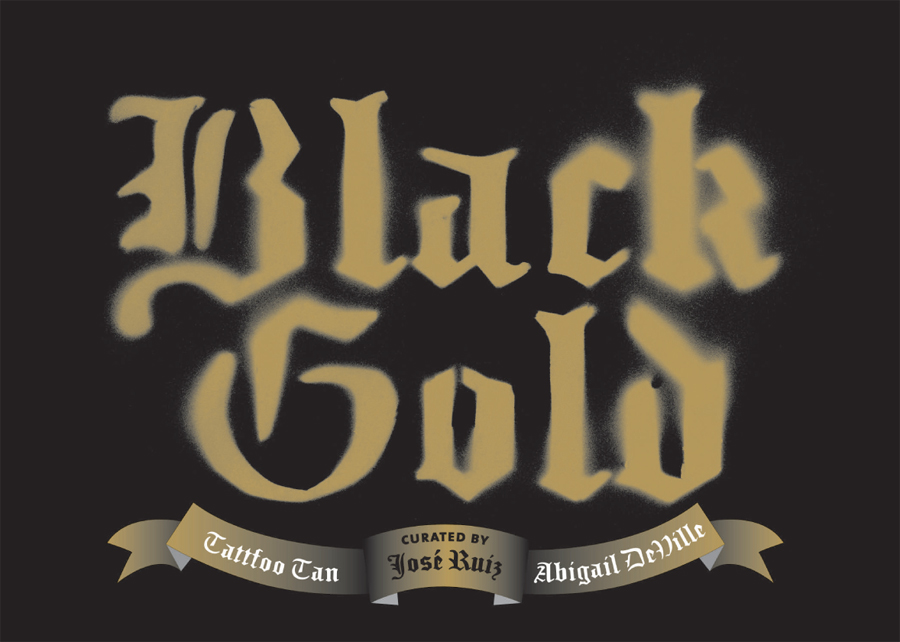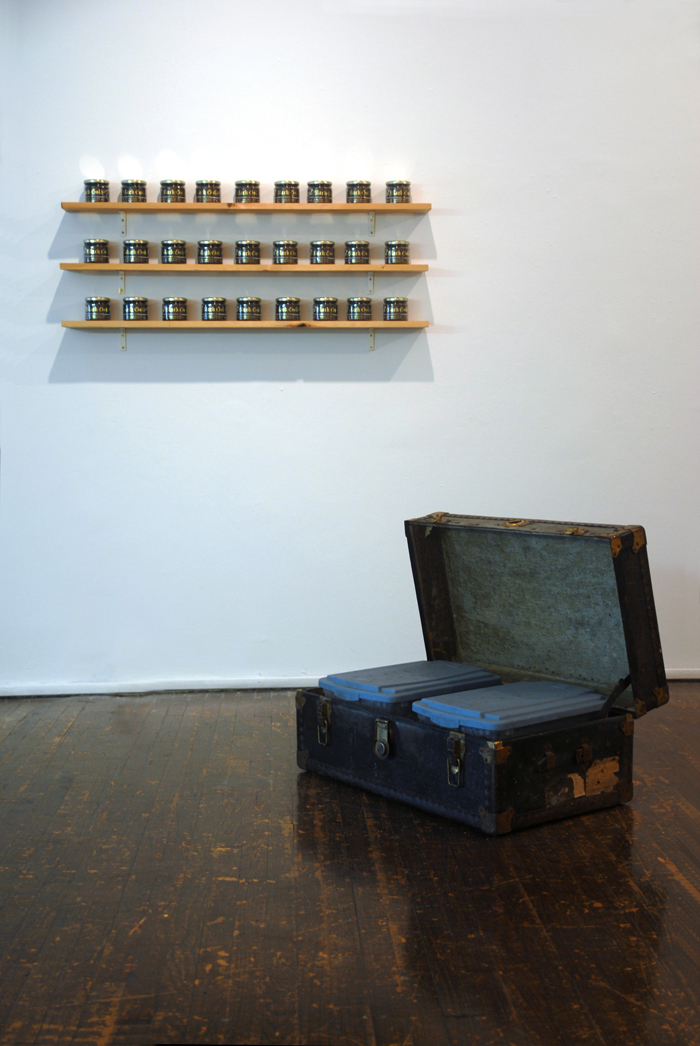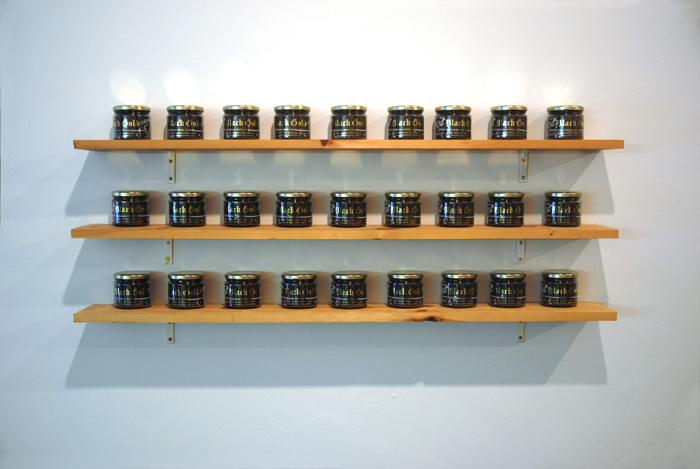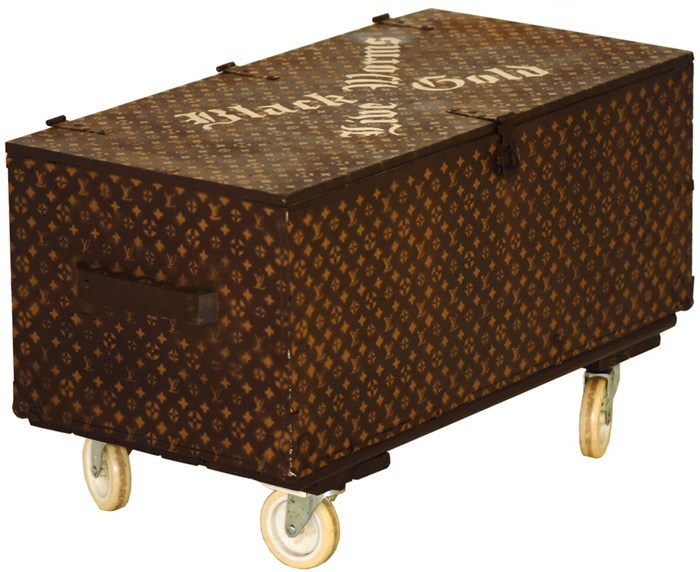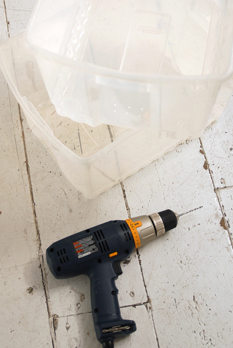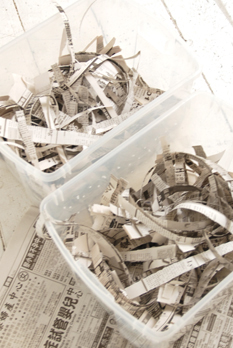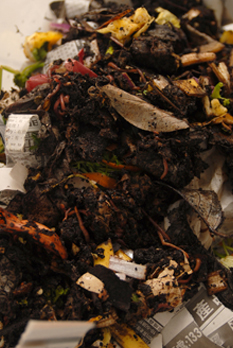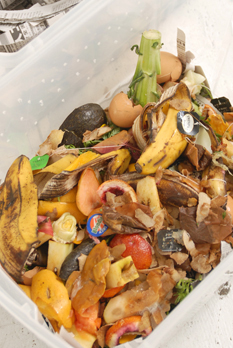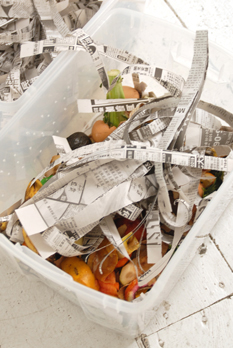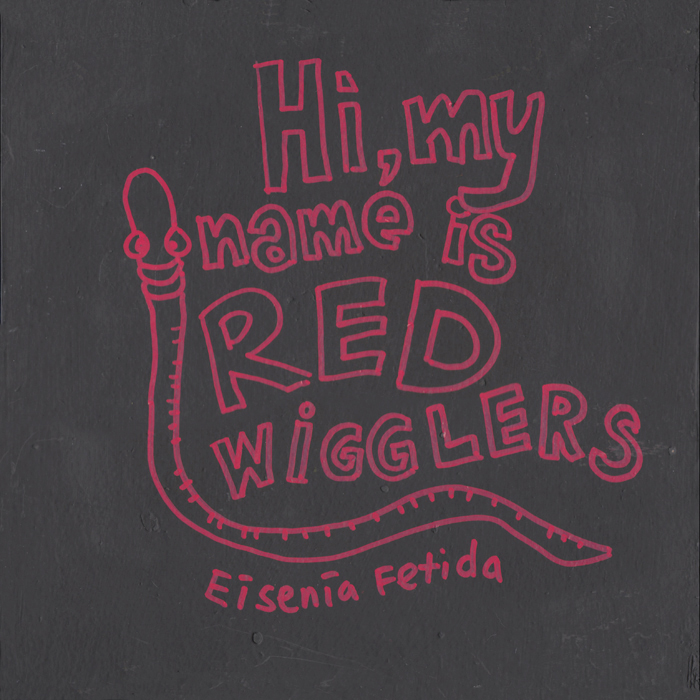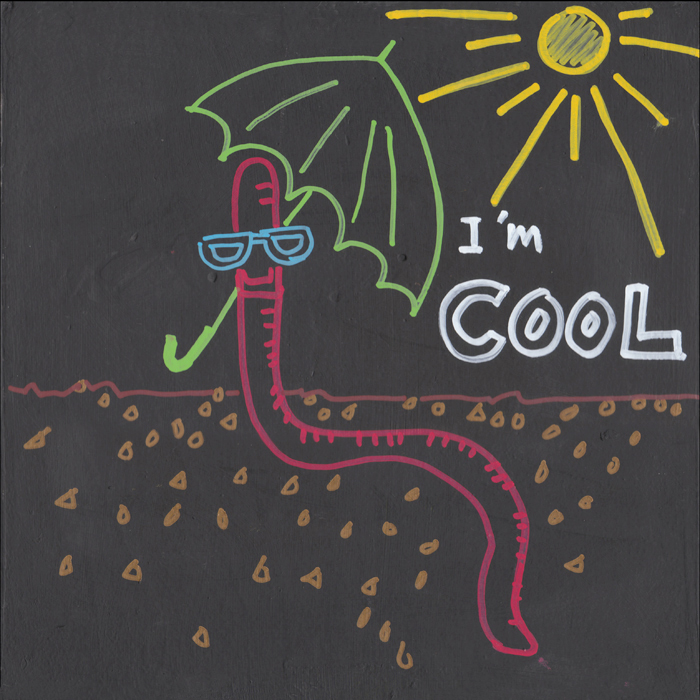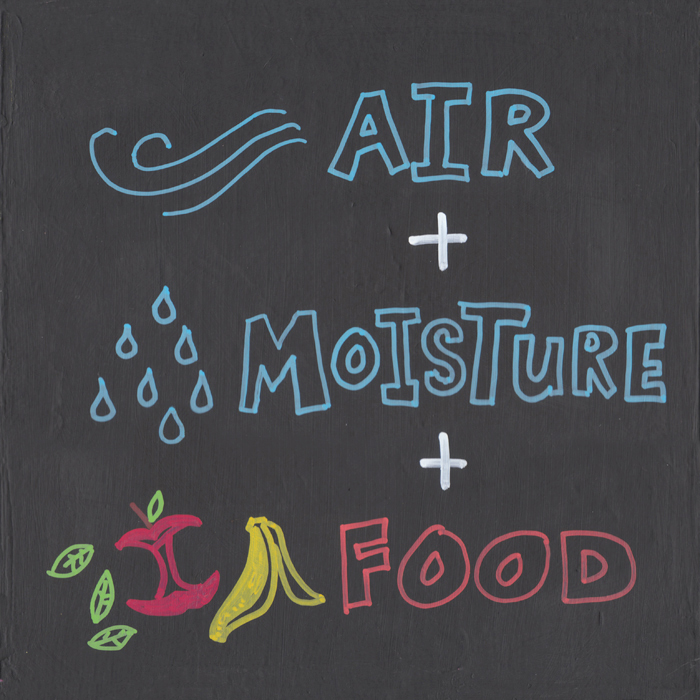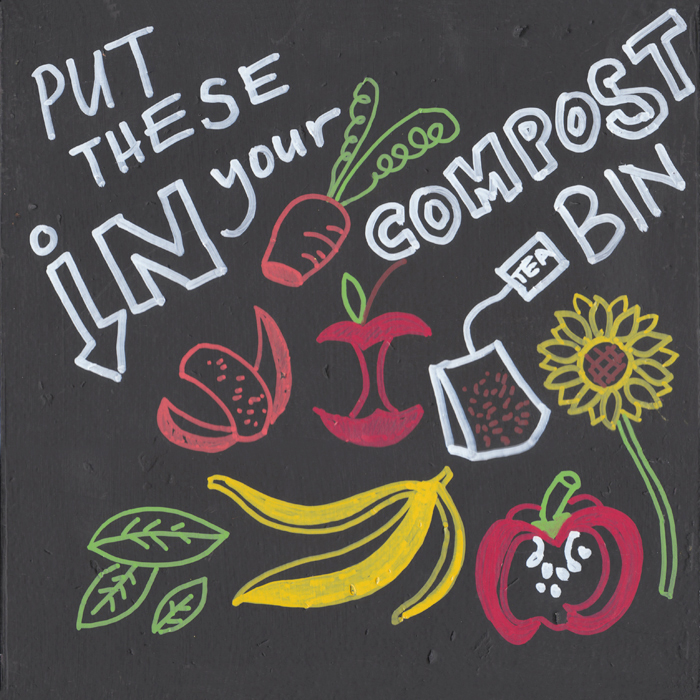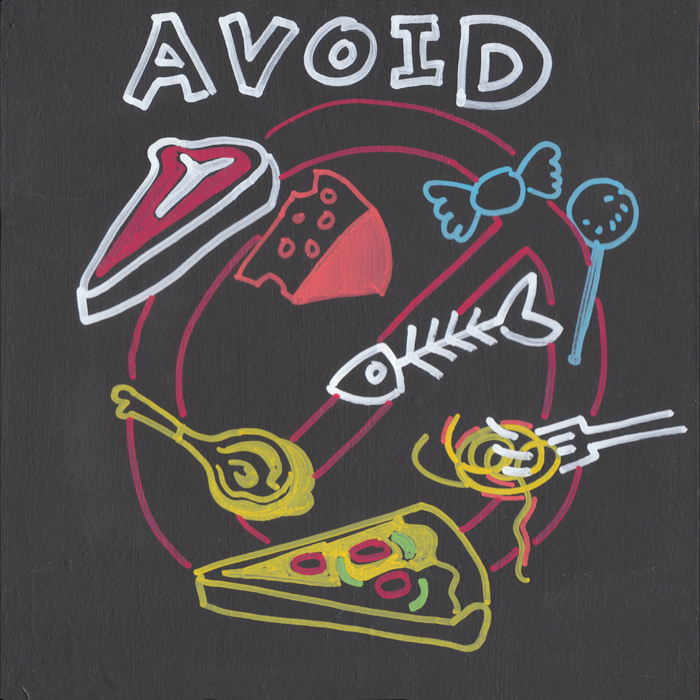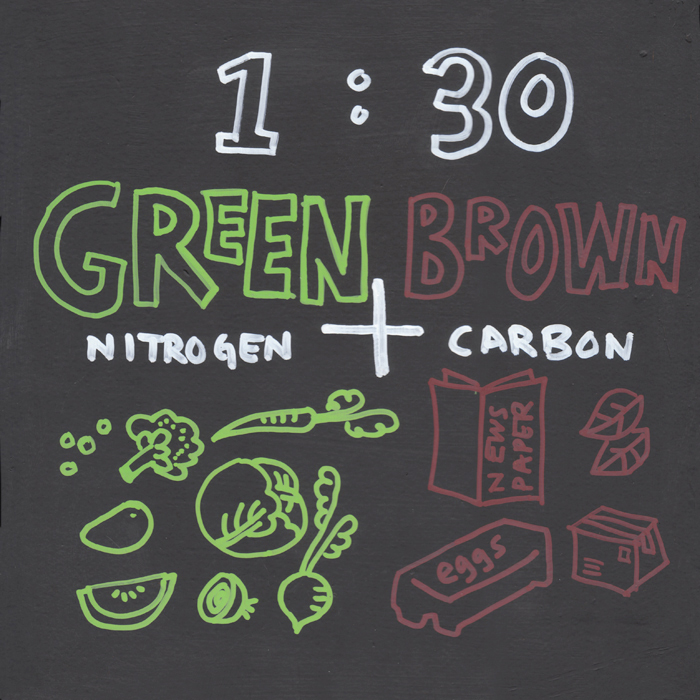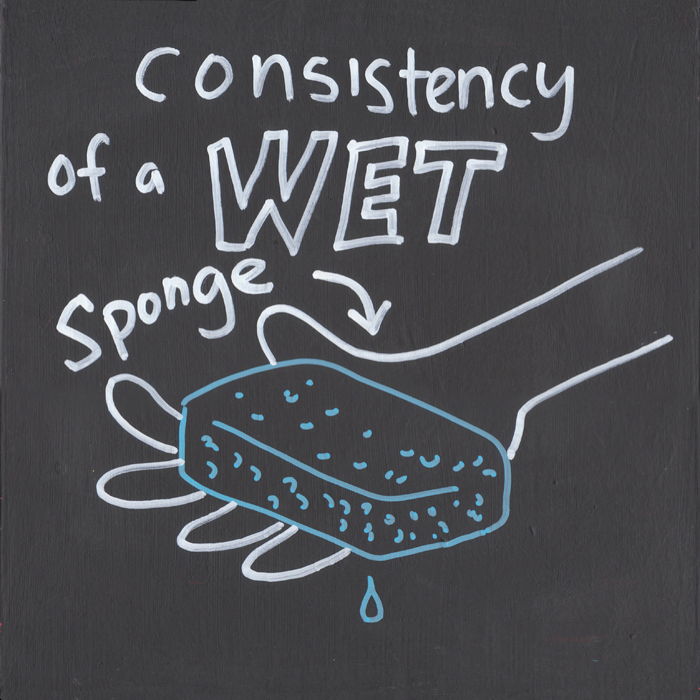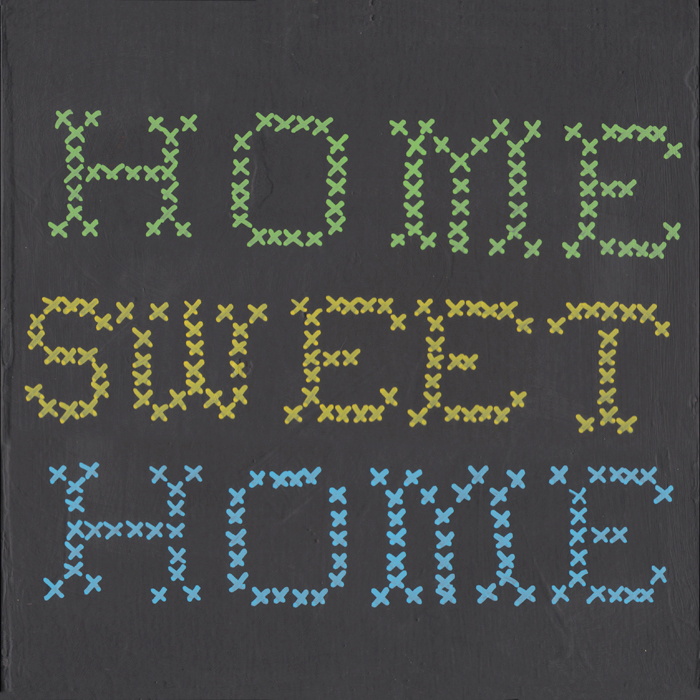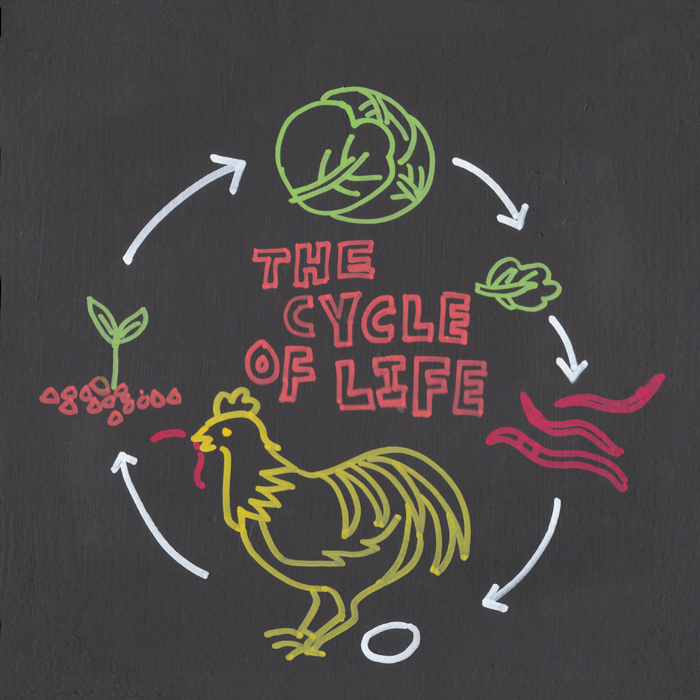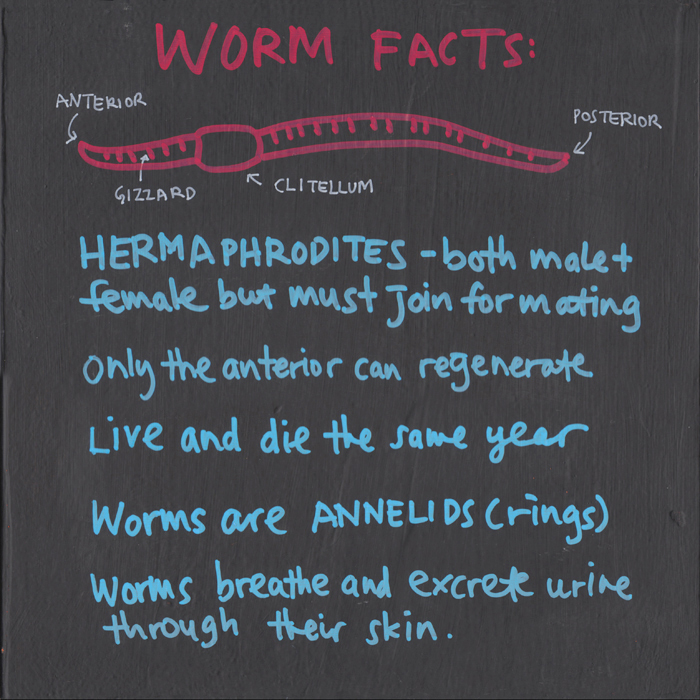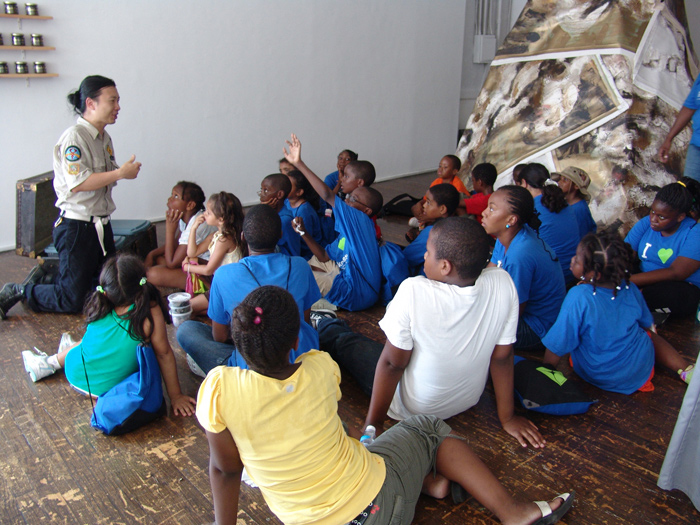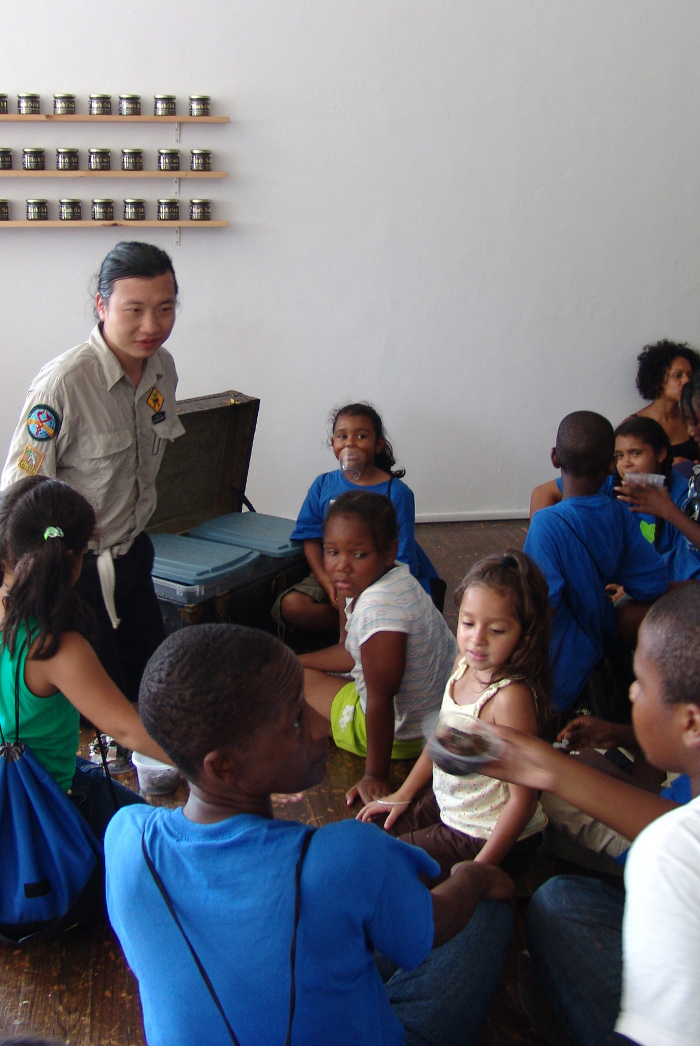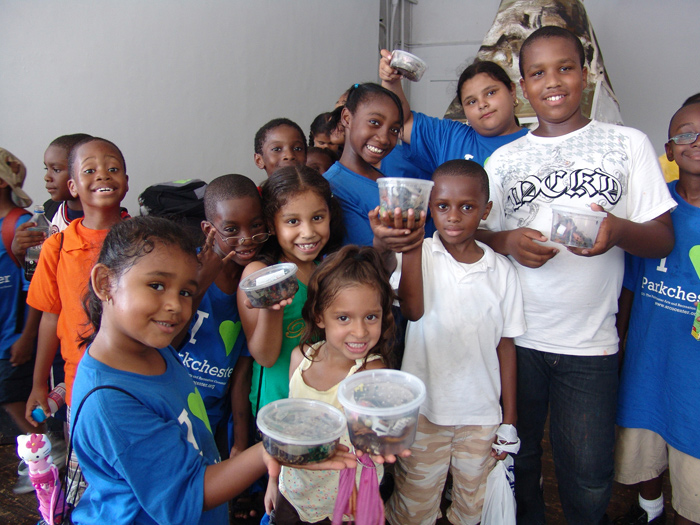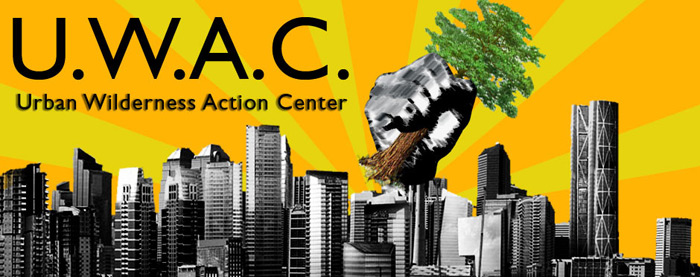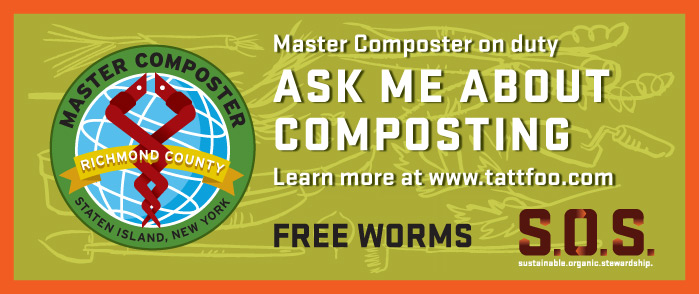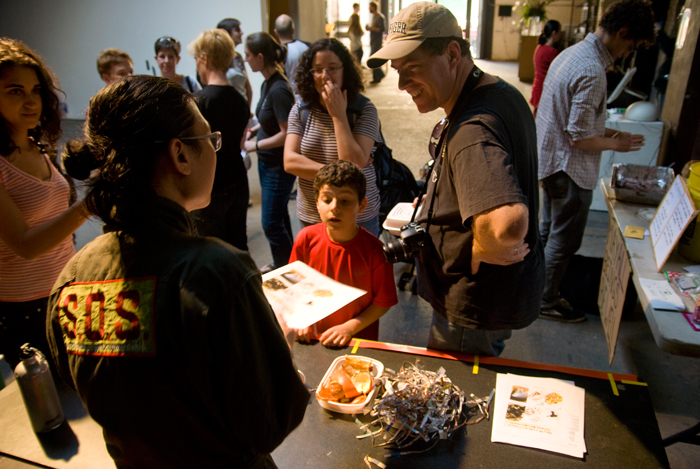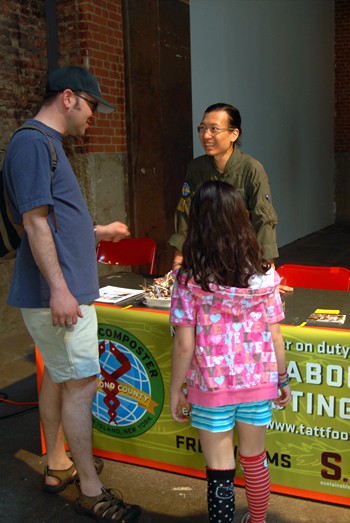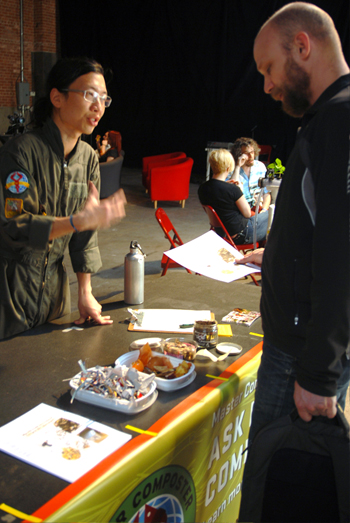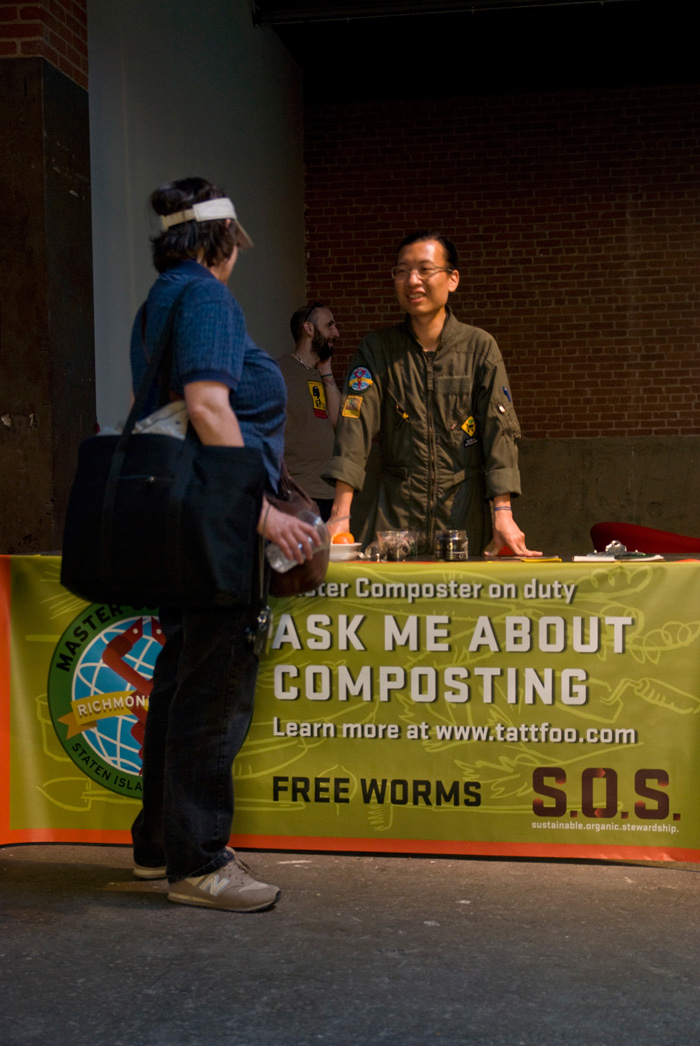"We think that diamonds and gold - Wangari Maathai, Nobel Laureate and Founder of the Green Belt Movement
The current value of Black Gold is based on market value of actual gold price
Black Gold at Bronx River Art Center, Bronx, New York BRONX RIVER ART CENTER opens curatorial initiative DIALECTS and its inaugural exhibition, Black Gold, featuring Tattfoo Tan (Gallery 1) & Abigail DeVille (Gallery 2)—opening on Friday, July 24, 2009
from 6 - 9pm. Black Gold, the first exhibition in the series, extrapolates context from a term that carries diverse meanings and connotations. From glorified connections to oil drilling, to re-branded forms of jewelry, and even political forms of corruption, this ominous term allows Malaysian-born artist Tattfoo Tan and Bronx artist Abigail DeVille to bilaterally coalesce around themes of urbanity & nature, decay & environmental stewardship, and loss & congregation, to name a few. The exhibition, which features new, site-specific works in painting, sculpture, and installation, amidst subtle interventions and collaborations within each of the artists’ projects, will run from Friday, July 24 to Saturday, September 12, 2009. In Gallery 1: Tattfoo Tan’s art practice encompasses a wide set of mediums, such as sculpture, installation, design, and public artworks, to establish an interactive and often participatory relationship with the viewer. Influenced primarily by a need to decipher the crux between art and life, the artist gives life to his works through a framework of collaborative events, dinners, exchanges, and eclectic everyday rituals. The artist uses organic, living materials as transitional elements that live, grow, die, decompose, and through his interventions, are repositioned at the same hierarchical level and with the same innate complexities as the viewer. It is within this milieu of shared relational systems that Tattfoo’s work becomes conscious. In keeping with the spirit of the transitional, his works are often ephemeral and conceptual in nature. His most recent body of work, S.O.S. (Sustainable. Organics. Stewardship.) is a multifaceted, yearlong horticulture and cultivation project, in which the artist engages deeply in the social and cultural curve of “green” ethics and aesthetics. By acknowledging the shortage of food at the global scale—how we eat, what we eat and how we should offset these demands—the artist tackles the sociopolitical ramifications of the origin of food, its labor, and their direct effect on our health and well-being with humorous works and challenging interventions inside and outside of BRAC. In Gallery 2: Abigail DeVille presents a new, site-specific installation that combines painting, drawing, and collage to create a wild, chaotic, and seductive environment encompassing the gallery’s walls, floor, and ceiling. This large-scale work physically mixes and juxtaposes old and new paintings and sculptural elements as installation materials and objects for a topographical assemblage. A part of her ongoing series Universal Diagrams of Discourse, this work uses the pictorial format to highlight issues and concerns in contemporary history and American society. In mathematical theory, the Universe of Discourse includes all things that are under discussion at a given time. Extrapolating from this idea, DeVille manifests the complexity of “blackness” and the reality of racial prejudice and tension in America within a sociological Venn diagram: a rectangle comprised of an infinite variety of situations, narratives, and multiple points of view. The artist balances and counterweighs the overabundance of rough, toxic and inauthentic societal visions with poetic resistance and self-reflection. These excesses are illuminated with an excessive artistic process that is layered, dense, and loaded with diverse sets of response imagery and codes of influence, from African sculpture and textiles to the artist’s own personal biography. This compositional whirlwind and structured disarray outlines the confusion of the individual in American society, the decay of social structures throughout America’s cities, and glorifies the richness of popular, intellectual, and artistic culture that has been born from this maelstrom. ABOUT THE ARTISTS: Abigail DeVille was born in New York City in 1981. She received her BFA from the Fashion Institute of
Technology in 2007. In 2005, she received The Frank Shapiro award, which is F.I.T.’s highest award for
excellence in Fine Arts. She received a fellowship to participate in the Skowhegan Residency Program in
2007 and was a participant in the artworld’s first reality show, Artstar, which aired on Gallery HD from June
2006 – January 2009 and culminated with an exhibition at Deitch Projects (NY). Currently, DeVille is a
Resident Artist and Art Instructor at the Bronx River Art Center. A longtime resident of the Bronx, Abigail
DeVille will begin her graduate studies at Yale University’s prestigious Painting Program this fall.
Green Acres: Artists Farming Fields, Contemporary Arts Center, Cincinnati September 22, 2012 - January 13, 2013
View the exhibition at http://greenacresexhibition.tumblr.com/ Curated by Sue Spaid, this exhibition addresses farming as both activism and art form. The show is presented in five sections: Farming Awareness explores how artists have alerted food consumers to the significance of food production.
Composting flash card
Introduction to basic composting and Adopt-A-Worm campaign with the children of Parkchester After School Program, Bronx.
Come and join me at Eyebeam (Saturday, March 20, 1-6pm) as I'm collecting pledges for environmental stewardship, and teaching people the basics of urban friendly, worm-based composting
You are invited to join the Urban Wilderness Action Center for a day of action where people from NYC, Berlin, Amsterdam and London will design and disseminate projects around the theme of "urban wilderness." UWAC DAY is Saturday, March 20. Each of four lead cities will host a day of free artist-led interventions that respond to urban wilderness. We will document the day through a live Twitter, Flickr, and video feed streamed through the UWAC website.
1-6PM EST, NYC: • Eyebeam Student Residents Caroline Spivack, Jade Highleyman, Luther Cherry, Spencer Brown, and Zoe Penina Baker are working with artists Doris Cacoilo and Sonali Sridhar and gardener / window farmer Maya Nayak to workshop a guerrilla gardening andventure. Participants on UWAC Day will craft and distribute their own plant-based urban intervention. • Tattfoo Tan (artist) will be onsite at Eyebeam collecting pledges for environmental stewardship, and teaching people the basics of urban friendly, worm-based composting. Free worms! • Matthew Slaats (artist) will be at Eyebeam signing up participants to join Freespace, an initiative which will be made up of are forgotten spaces, private spaces, lost spaces. People are invited to go out and find and reclaim a space, or donate a space they control in some way for a period of time. • Boswyck Farms will be demonstrating hydroponic systems, and introducing their new Mobile Guerrilla Kitchen. • Liz Neves (healthy home consultant) will invite participants to re-establish wilderness in NYC by recreating a lost world where beavers dammed and turtles swam in flowing streams, and foxes frollicked under towering trees. • Safari 7 will invite participants to embark on a self-guided tour of urban wildlife along the No. 7 Subway line. Listen in, grab a map, and go! • Jay Weichun (filmmaker/artist) will be onsite from 2-6PM making flower bombs. Using a simple mixture of regional wildflower seeds, soil and clay, flower bombs are a fun way to spread color and life to places of neglect. Participants are invited to make their own flower bombs and form their own flower bombing collectives!
The Urban Wilderness Action Center (UWAC) is a project initiated by artist Jon Cohrs, in collaboration with the Eyebeam Student Residents, Eyebeam education coordinator Stephanie Pereira, and UK-based artist Kai-Oi Jay Yung. Please visit Eyebeam's website for a complete schedule of events in London, Berlin, and Amsterdam:http://eyebeam.org/events/electrosmog-festival-urban-wilderness-action-center UWAC has been conceived of as part of ElectroSmog, a new, three-day, international festival that will introduce and explore of concept of "Sustainable Immobility": a critique of current systems of hyper mobility of people and products in travel and transport, and their ecological unsustainability.
Tabeling Banner used at Eyebeam's ElectroSmog Festival:Urban Wilderness Action Center
|
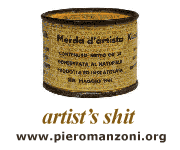
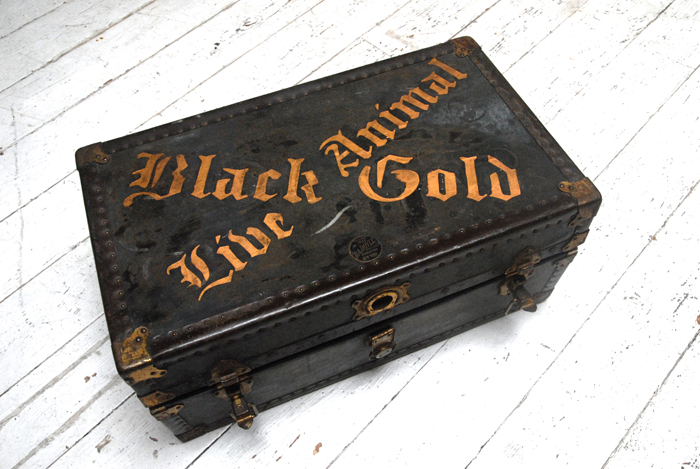
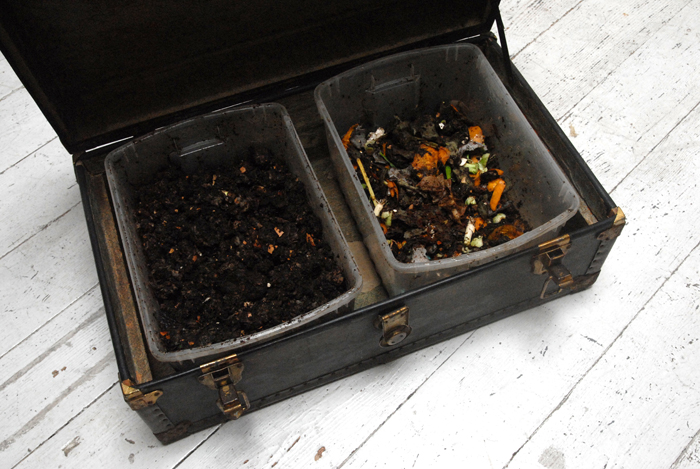
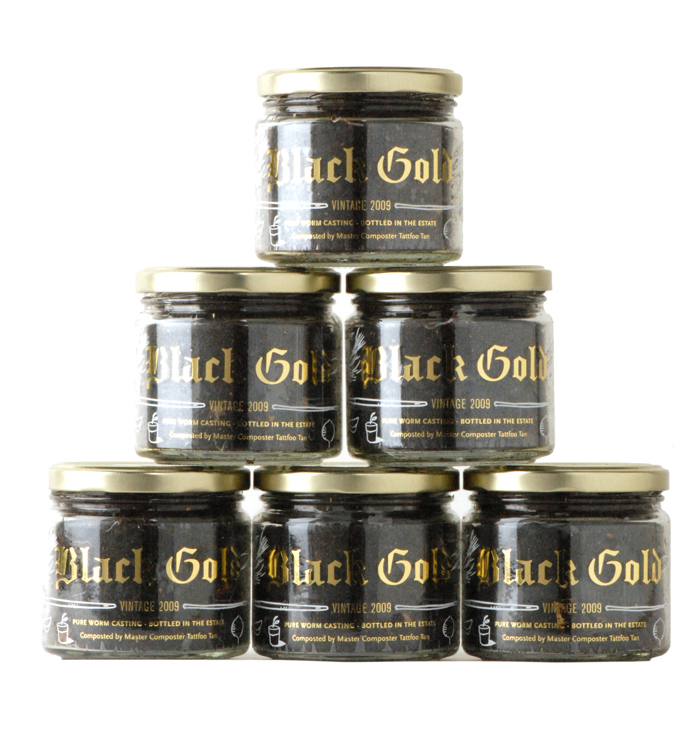
![[Most Recent Quotes from www.kitco.com]](http://www.kitconet.com/charts/metals/gold/tny_au_en_usoz_2.gif)
